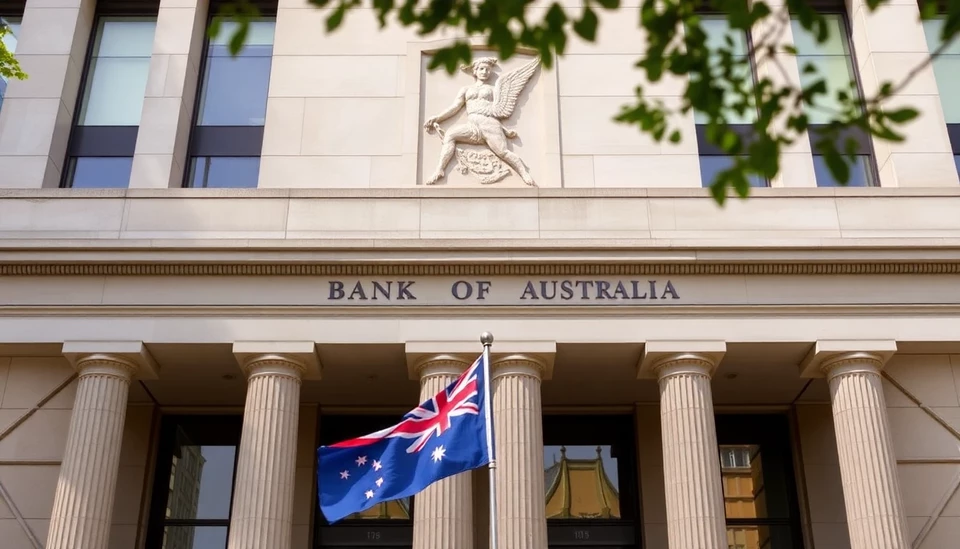
The Reserve Bank of Australia (RBA) has indicated that it will keep its key interest rate at 4.35% for the foreseeable future, signaling its commitment to ensuring that inflation is well under control before considering any adjustments. This decision comes as the RBA continues to grapple with persistent inflationary pressures that have characterized the Australian economy in recent months.
In a statement following its recent monetary policy meeting, the RBA emphasized that its primary goal remains to anchor inflation expectations, which have emerged as a significant concern for the central bank. The RBA noted that it would maintain the rate at this level until it is confident that inflation will return to within the targeted range of 2% to 3%. As global economic conditions continue to shift, the bank's stance reflects a cautious approach to monetary policy.
The decision to keep interest rates steady follows a series of rate hikes implemented throughout 2022 and 2023 as the RBA initially sought to combat rising inflation driven by a myriad of factors, including supply chain disruptions and increased consumer demand. With many households already feeling the pinch of higher borrowing costs, the bank is now embarking on a carefully measured path, aiming to avoid exacerbating financial strain on Australian consumers.
Market analysts have largely welcomed the RBA's decision, interpreting it as a prudent move that acknowledges the delicate balance between supporting economic growth and controlling inflation. Economists predict that while the current rate is maintained, the central bank will closely monitor a variety of economic indicators, including wage growth, unemployment rates, and housing market trends, to assess the need for any future rate adjustments.
In the broader context of the global economy, the RBA's position mirrors that of several other central banks globally, which are also facing similar inflationary challenges. As central banks worldwide recalibrate their economic strategies, Australia's policymakers are holding firm in their commitment to managing inflation while supporting sustainable economic recovery.
As the Australian economy enters a crucial phase, the RBA's careful navigation through these complex economic waters will be critical. Stakeholders in the economy, from businesses to consumers, will be watching closely to see how these decisions will impact future economic activity, borrowing costs, and the overall economic landscape in Australia.
The RBA’s emphasis on patience and vigilance is a clear message to the markets and the wider public that while there may be pressure for immediate rate cuts, the priority remains that of economic stability. For now, the Australian public can expect interest rates to hold steady at 4.35% as the RBA seeks to ensure that inflation is appropriately managed.
As the year progresses, all eyes will be on the RBA's next moves and the potential for any shifts in monetary policy that may arise in response to evolving economic conditions.
#ReserveBankofAustralia #InterestRates #Inflation #Economy #MonetaryPolicy #Australia
Author: Laura Mitchell




